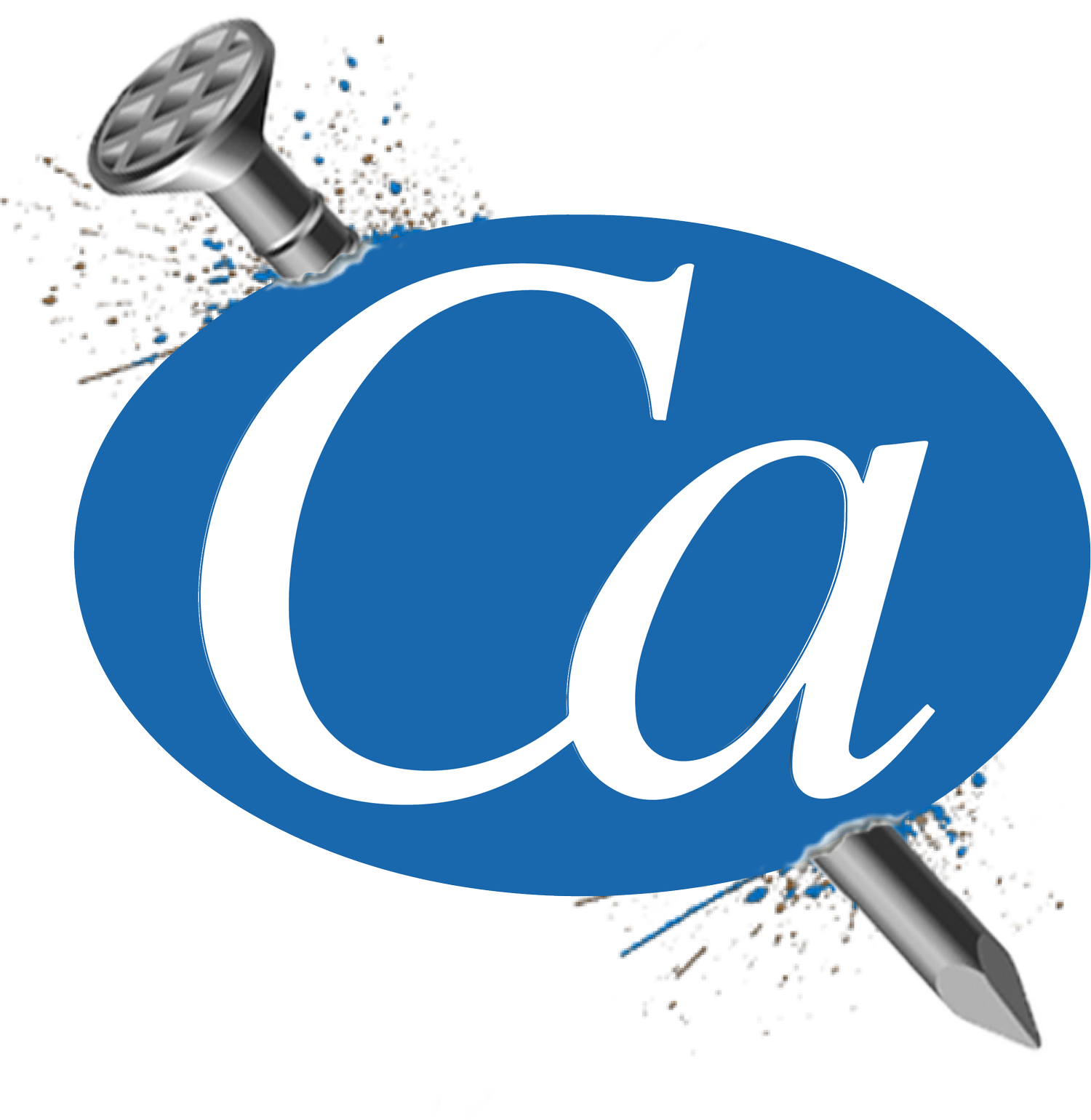Understanding the 3 Types of Collated Framing Strip Nails
When it comes to framing strip nails, there are three main types, each with its own unique advantages and considerations.
Here’s a breakdown:
1. Paper Collated Nails
Angle: 30° to 34°
Advantages: Paper collated nails are environmentally friendly since the paper is driven into the surface along with the nail, leaving no residue. This results in a cleaner job site.
Disadvantages: The paper can weaken in high humidity or wet conditions, causing the nails to separate before use. (Tip: Choose Crisp-Air for superior moisture resistance!)
2. Plastic Collated Nails
Angle: 20° to 22°
Advantages: These nails are more durable and less affected by moisture compared to paper collated nails, making them a reliable option in various conditions.
Disadvantages: The plastic strip breaks apart when the nail is driven, which can leave small plastic fragments on the job site, requiring extra cleanup.
3. Wire Welded Nails
Angle: 28°
Advantages: Known for their strength and reliability, the wire keeps the nails securely collated.
Disadvantages: The wire can occasionally cause jamming in nail guns, and the leftover wire pieces can be more challenging to clean up.
Did you know?
For more information on tool compatibility with these fasteners, you can scan the Tool Finder QR code located on all our Crisp-Air boxes. 📦

